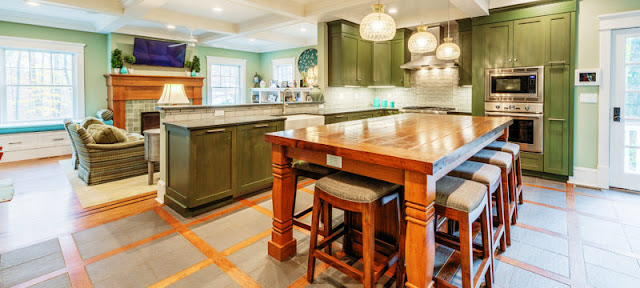The Challenges of Adapting a Commercial or Industrial Building into a Home

Recycling and reclaiming is a significant part of modern design and architecture, and it even applies to reusing commercial or industrial buildings by transforming them into modern residential spaces. However, this process of adaptive reuse comes with plenty of challenges – here are some insights from a leading commercial and residential architect in NJ . Zoning: This is the first issue to overcome, as it restricts the use of the building and limits what can be done with it. Rezoning is a common practice, but it does take time and the building’s current zoning will have to be reviewed and allowed by your local municipality or county. If this isn’t granted initially, you may have to file for a zoning variance which can be a costly, time-consuming and ultimately unsuccessful process. Keeping the character: One of the reasons that this type of conversion is so popular is because buyers love the character, space and interesting features of old industrial or commer...


